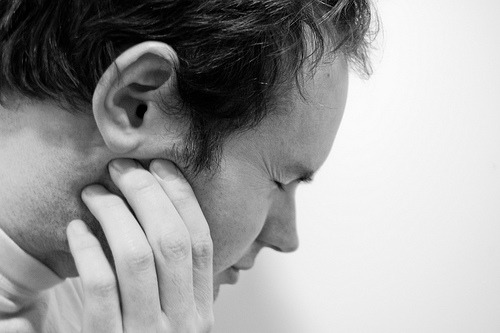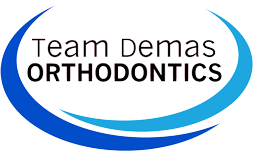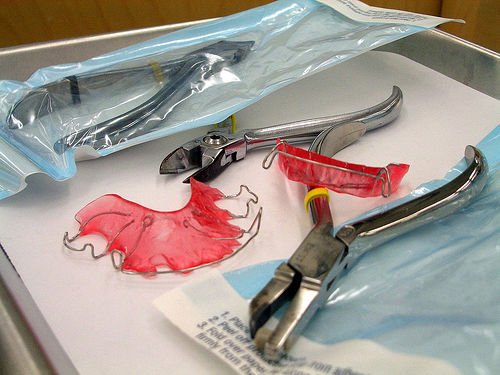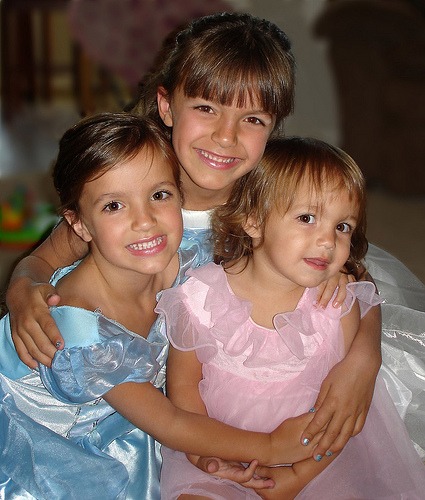
by | Jun 12, 2014 | Orthodontic Treatments
Why Teenage Patients Have More TMJ Problems in the Spring?
As spring approaches it is common for orthodontists such as Dr. Demas to receive a larger than usual number of phone calls from current and former patients reporting unexplained jaw pain. Parents often report that their teenage children have painful jaws and are unable to eat, sleep or study properly. This pain is often diagnosed as TMD, short for temporo-mandibular jaw pain.
Stress is the often the cause of TMD
The final week or two of April and the beginning of May are the periods when students are under the most stress. Intermittent sleep and eating habits can cause jaw pain. This is normally in the muscles beyond the lower molars. These are the chewing muscles, and pain in this region suggests that the grinding and clenching of teeth are causing the soreness – not actual medical problems with the muscles or the teeth.
Read more…

by | Jun 3, 2014 | Words of Wisdom

Words of Wisdom No.1 “Go On a White-Teeth Diet”
The diet taken in most cases influences on the type of teeth that one has colored diet greatly contribute in making the teeth more dingy. The selection of the diet is thus very vital, the type of stuffs that should be avoided ranges from alcoholic drinks, non-alcoholic drinks and a series of foods. In a case one is not able to restrain from these diets, then it is important to brush or gaggle some water immediately after the drink or the meal.
Read more…
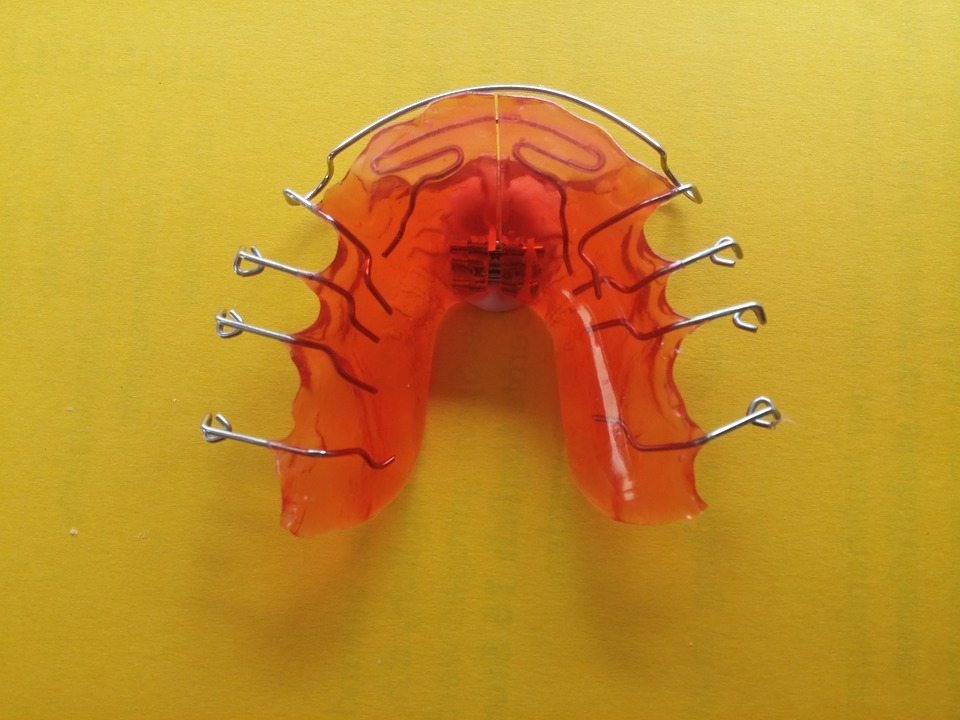
by | May 29, 2014 | Orthodontic Treatments
Retainers
Braces are orthodontic appliances, but retainers are not, as their purpose is not to move the teeth. It is a fact of life for many brace users that once the brace has been used, a retainer has to be worn, too. This is to prevent the teeth from moving back into their original position.
The majority of patients who have had orthodontic treatment must wear retainers. If retainers are not worn, then their teeth will soon be misaligned and crooked again. The hard work and sacrifice that have gone into wearing the braces will soon be lost. The necessity to wear a retainer after the brace has been removed is the down side of brace installation.
The main reason for wearing a retainer is to halt the tendency of the teeth to move back in to their original position. Particularly as we go through the aging process, teeth may move in an unpredictable manner. A retainer which is worn for a long period can reduce the impact of these changes and can even prevent them altogether. This means straighter teeth can be assured into the future.
A retainer is fitted when orthodontic treatment has been completed and the braces have been removed. There are two types available – one that can be fixed more permanently on to the teeth and another type that is removable. The orthodontist selects the one that is most useful for the recipient.
Read more…

by | May 27, 2014 | Smile Quote

Smile Quote No. 10: You’ve got a S-M-I-L-E to be H-A Double P-Y – Shirley Temple Black
When we think of happiness we almost instantly think of smiles. This is because generally when we are sharing happiness with other people we take the time to smile and share smiles. The only way that we can really be happy each day is to spend as much of it as possible smiling and sharing smiles with others. You’ve really got to smile to be happy.
Read more…
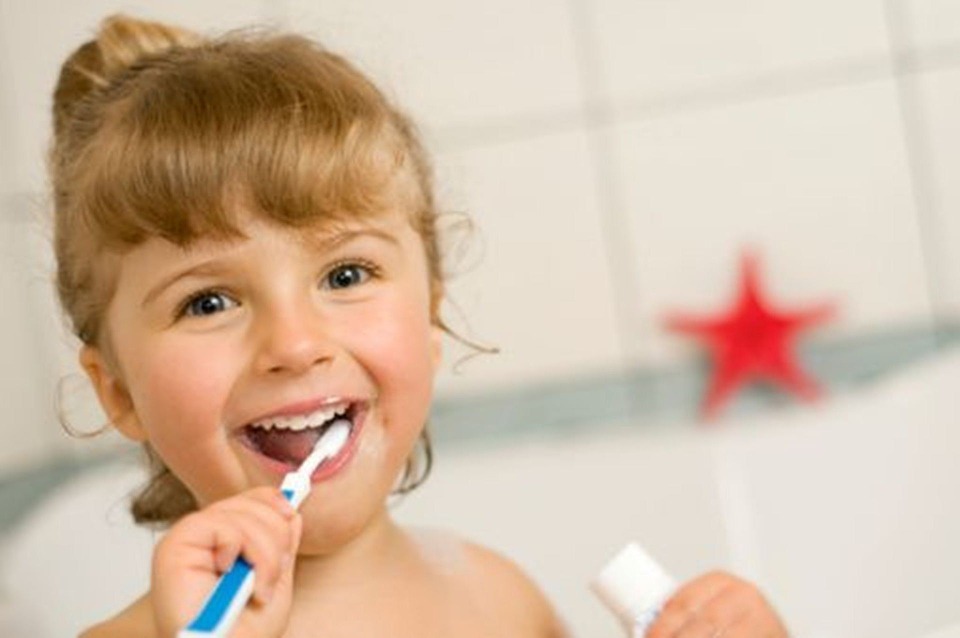
by | May 22, 2014 | Orthodontic Treatments
What is the Best Age for Your Child to Get Orthodontic Braces?
Selecting the most suitable time to commence orthodontic treatment is typically determined by consultation between the orthodontist and the child’s parents. Apart from the physical factors of misaligned and protruding teeth and the stage of development that your child’s teeth have reached, there is also the maturity of your child to take into consideration, too. Rushing into braces too early when your child is not mature enough to take care of the braces may be premature and not lead to the desired results.
Cues used to determine the time for braces
In most cases, Dr. Don Demas, at Team Demas Orthodontics in Southington, does not fit braces until the child has lost all of his or her primary teeth and the 12-year molars have all or, at the least, partly erupted. A straightforward treatment program should only last 12 months. It can markedly exceed this time frame if the braces are positioned on the teeth while there are some baby teeth still evident, or the 12-year molars are not yet visible.
Read more…

